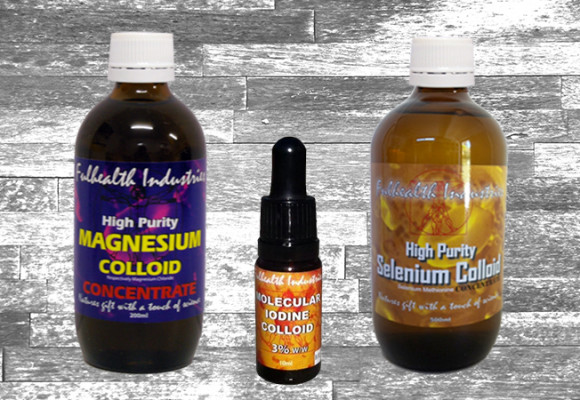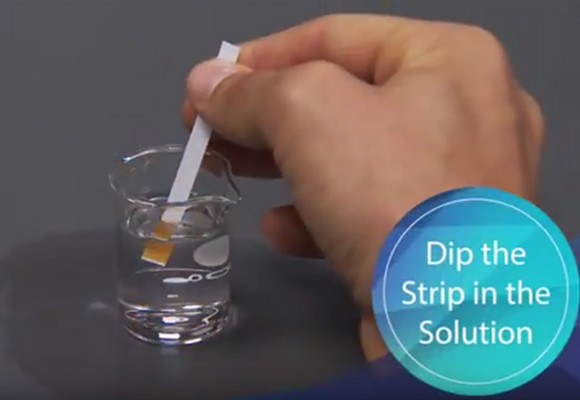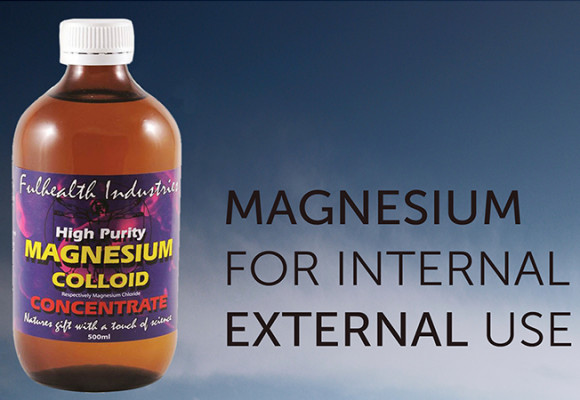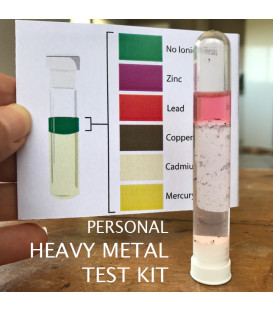
Your Exposure to Lead & Aluminum
How You're Exposed To Lead & Aluminum
With the elimination of lead-based house-paint, and the increased use of lead-free gasoline, lead poisoning is certainly less prevalent than it had been years ago.
However, low-level toxicity is still an issue.
Coal-burning power plants still spew lead into the atmosphere.
The problem with lead is that it accumulates, unless you take active steps to remove it.
The EPA estimates that from 10 percent to 20 percent of human exposure to lead may come from drinking water.
Infants who consume mostly mixed formula can receive from 40 percent to 60 percent of their exposure to lead from drinking water.
Lead can be present in drinking water as a result of dissolution from natural sources, or from household plumbing systems containing lead.
These may include lead in pipes, or in solder used to seal joins. The amount of lead dissolved will depend on a number of factors including pH, water hardness, and the standing time of the water.
Lead is the most common of the heavy metals and is mined widely throughout the world.
Lead production
Lead is used in the production of lead acid batteries, solder, alloys, cable sheathing, paint pigments, rust inhibitors, ammunition, glazes and plastic stabilisers.
The organo-lead compounds tetramethyl and tetraethyl lead are used extensively as anti-knock and lubrication compounds in gasoline.
Lead can be absorbed by the body through inhalation, ingestion or placental transfer.
In adults, approximately 10% of ingested lead is absorbed but in children this figure can be 4 to 5 times higher.
After absorption, the lead is distributed in soft tissue such as the kidney, liver, and bone marrow where it has a biological half-life in adults of less than 40 days and in skeletal bone where it can persist for 20 to 30 years.
In humans, lead is a cumulative poison that can severely affect the central nervous system.
Lead & pregnancy
Infants, foetuses and pregnant women are most susceptible.
Placental transfer of lead occurs in humans as early as the 12th week of gestation and continues throughout development.
The EPA warns that if lead is not detected early, children with high levels of lead in their bodies can suffer from damage to the brain and nervous system, behavior and learning problems (such as hyperactivity), slowed growth, headaches, and more.
Many epidemiological studies have been carried out on the effects of lead exposure on the intellectual development of children.
Although there are some conflicting results, on balance the studies demonstrate that exposure to lead can adversely affect intelligence.
Adults are also at risk and can suffer from reproductive problems (in both men and women), high blood pressure, digestive problems, nerve disorders, memory and concentration problems, and muscle and joint pain.
These results are supported by experiments using young primates, where exposure to lead causes significant behavioural and learning difficulties of the same type as those observed in children.
Other adverse effects associated with exposure to high amounts of lead include kidney damage, interference with the production of red blood cells, and interference with the metabolism of calcium needed for bone formation.
Adverse Health Effects of Lead
Lead fulfills no essential function in the human body and can cause adverse health effects, such as:
- Behavioral disruptions of children, such as aggression, impulsive behaviour and hyperactivity.
- Brain damage;
- Disruption of the biosynthesis of haemoglobin and anaemia;
- Declined fertility of men through sperm damage;
- Diminished learning abilities of children;
- Loss of I.Q;
- Miscarriages;
- Kidney damage;
- Rise in blood pressure;
- Disruption of nervous systems;
Aluminum exposure
Once aluminum enters your body, it accumulates in your brain, where it kills off neurons, leading to memory loss.
And thanks to the significant amounts of aluminum found in food emulsifiers, antiperspirant deodorants, hair sprays, baking powder, many types of toothpaste, much of our drinking water, and most of our cookware, you are exposed to a lot of aluminum over the course of your life.
Aluminum may be one of the prime factors in the onset of Alzheimer's disease.
The connection between aluminum and Alzheimer's disease became even stronger when, in 1995, Neurotoxicology reported that the widespread use of aluminum salts to purify water could account for the large numbers of people suffering from Alzheimer's. And recently, a connection between aluminum and fluoride was made.
New research has revealed that fluoride in drinking water makes the aluminum that we ingest more bioavailable.
As was reported in Brain Research, Vol. 7 84:98, the combination of aluminum and fluoride causes the same pathological changes in brain tissue found in Alzheimer's patients.
Metallic aluminum is different from plant-derived aluminum (aluminum hydroxide).
No studies have ever shown a connection between aluminum hydroxide and toxic levels of aluminum in the human body which is a good thing, because there is a lot of it in our food supply.
Download & Details
![]() Your Exposure to Cadmium & Arsenic
Your Exposure to Cadmium & Arsenic
![]() Occupational Exposure to Heavy Metals
Occupational Exposure to Heavy Metals
Disclaimer: All information on this web site is for informational purposes only. Under no circumstance is any product on this site intended to diagnose, treat, cure or prevent any disease or condition. Please contact a medical doctor to diagnose and treat any medical condition.











